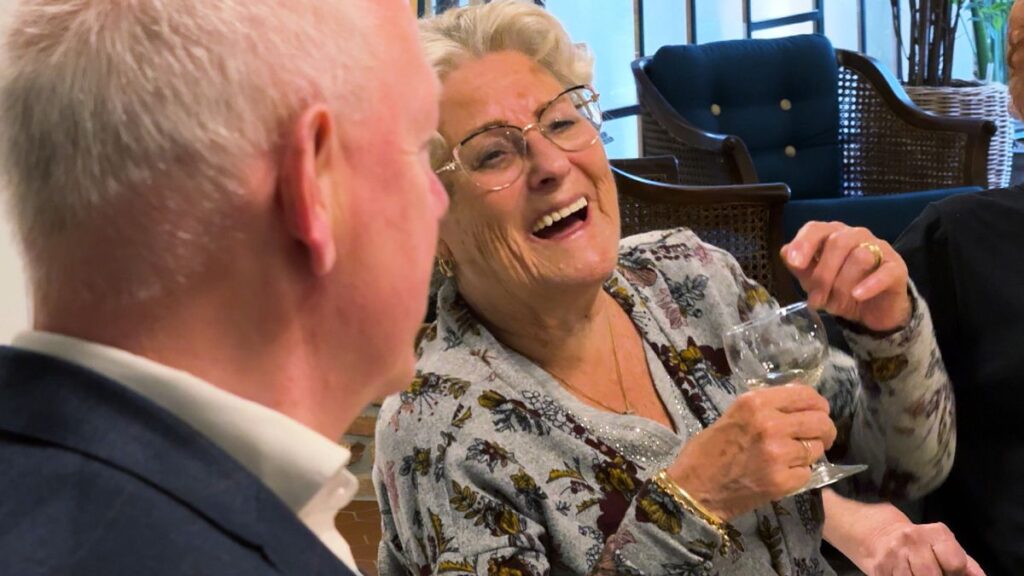Faced with a shortage of caregivers, the country is constantly innovating to meet the challenges of an aging population. Helping hands between neighbors, telemedicine, the strength of the network, everything is good for finding alternatives.
The Netherlands has one of the best healthcare systems in the world for older people. But it comes at a cost. The Netherlands spends more on care than most other industrialized countries. Despite this, the country faces a shortage of caregivers, with tens of thousands of healthcare professionals missing.
And colossal challenges await this state, where the number of seniors is increasing very quickly.
Between exploding costs and a lack of qualified staff, the Dutch healthcare system has been under constant construction since 2006, with reforms and innovations still ongoing.
“Buurtzorg” is one of the largest home care providers in the Netherlands. Which could be translated as “neighbours helping each other”. The key words are self-management, short distances and flexibility. In 2007, a group of 5 nurses founded “Buurtzorg”, which today has 1000 teams and 15,000 members.
It is in the Jordaan district of Amsterdam that Hans Von der Brelie meets Léoni. The nurse from Buurtzorg helps elderly people who have chosen to spend their old age at home. “We are a small team of eight nurses,” explains Léoni, “and we are all equal. We manage everything ourselves: we set our patients’ time slots and decide how much time we spend with them. It is not just about care, but also about discussion – and we have time to do that because there are no overheads, which saves a lot of money.”
In short: efficient, mobile, human-sized teams without supervisors, this amounts to 30% of costs saved. Needless to say, the concept is not lacking in imitators, and is starting to be copied in other countries.
In the new Brandevoort district of the municipality of Helmond, we find an illustration of a second parameter that contributes to the success of the Dutch health system: networking. Iet and Marie-José are part of an innovative system, a “preventive care circle”. Today, they are collecting medicine for a sick neighbour.
The city is meshed with a dense network of these voluntary care groups. Municipalities and insurance companies support the concept, because it relieves the social services and care structures. The idea is quite simple: elderly residents – but still with the necessary physical resources – help their neighbors, other seniors, who need company or certain care services. Ton Dries is the local initiator of the preventive care circle in this newly built neighborhood: “Today, people can help each other especially with practical problems,” he says, “like walking the dog, dismantling a bed, mowing the lawn.” “But in a few years, care issues will be more frequent. It is important that people get to know each other well, because you do not expose your care problem to a stranger.”
Yvonne Witter is one of the country’s leading sociologists and gerontologists: “In the Netherlands,” she notes, “we need many different types of housing, solutions that are somewhere between staying at home and a retirement home.” “It is possible to share housing, to connect generations, and to develop many other forms of collective housing.”
In Hilversum there is one of these innovative housing initiatives, the Liv-Inn, where 150 people live. Mostly elderly people, but also students, wealthy pensioners or those on social benefits. There are also sick and healthy people, both able-bodied and disabled.
Lydia was married to a car mechanic and worked as a cashier and ice cream vendor. Thanks to housing benefits, she now pays two-thirds less rent than before.
“In my old place, I had fewer contacts than here,” says Lydia, “and I am more active now. I organize activities, I do a lot more for others.”
Ron, a former truck driver, also gets involved, for example by repairing small wooden doors for a board game. Participation, self-organization, solidarity: these are the core values of the Liv-Inn. In addition, the concept relieves tensions observed in the housing market.
“We used to live in a big house,” Ron says, “but we didn’t need so many rooms anymore. Here, I like the shared kitchen space, and the comfort.”
By 2040, the number of elderly people in the Netherlands could almost double.
The social housing office Habion manages some 12,000 apartments, such as the Liv-Inn. “The elderly said they didn’t want to be exclusively with other seniors, and preferred to be with dynamic people and young people,” says the director of the facility. For us, the idea was: when you mix people, they grow old together.” About 10% of the apartments are reserved for young people. Marieke Hillinga, 30, works for a toy manufacturer. At the Liv-Inn, she shares an apartment with her friend, a boatman. “At the beginning of the weekend, we go down to the communal living room to have a drink together and chat with the elderly. We laugh together, it’s very friendly,” concludes Marieke.

